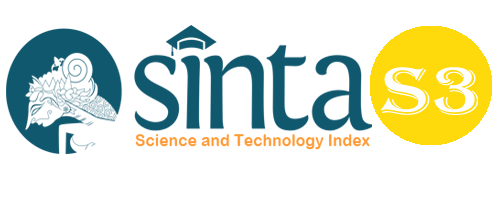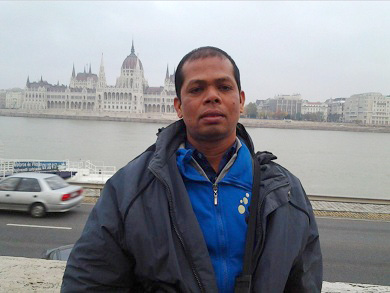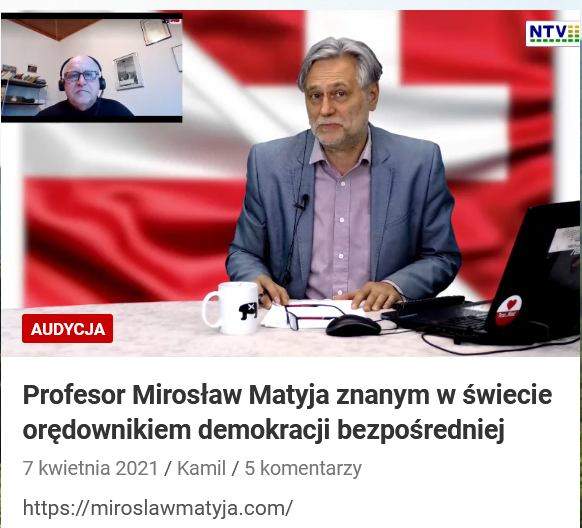The Impact of Corruption on the Development of the Quality of Human Life in Southeast Asia
Abstract
This study aims to conduct an empirical analysis related to the impact of corruption on a country's economy in enhancing the development of the quality of human life in Southeast Asia in the 2012-2018 period. The model used in this study is panel data (pooled data) that combines cross-section data and time series. Corruption in this study is illustrated by the Corruption Perception Index (CPI) value, which means that the higher the level of corruption, the lower the CPI value, and the lower the level of corruption, the higher the CPI value. The results showed that the Corruption Perception Index (CPI) had a positive and significant effect on the development of the quality of human life both directly and through economic conditions. Thus the lower corruption level in a country, the higher the development of the quality of human life. Therefore, it needs more effort to improve the economy and efforts to reduce the number of corruption so that human development in Southeast Asia.
Keywords
Full Text:
PDFReferences
Alfada, A. (2019). The destructive effect of corruption on economic growth in Indonesia: A. Heliyon 5, e02649.
Dzhumashev, R. (2014). Corruption and growth: The role of governance, public spending, and economic development. Economic Modelling, 37, 202-2015.
Gründler, K., & Potrafke, N. (2019). Corruption and economic growth: New empirical evidence. European Journal of Political Economy.
GUILLAUMEMEON, P., & SEKKAT, K. (2005). Does corruption grease or sand the wheels of growth? Public Choice, 69-97.
Haryono, S. (2016). Metode SEM Untuk Penelitian Manajemen dengan AMOS LISREL PLS. PT Intermedia Personalia Utama.
Mauro, P. (1995). Corruption and Growth. The Quarterly Journal of Economics, 110 (3), 681-712.
Mauro, P. (1998). Corruption and the Composition of Government Expenditure. Journal of Public Economics, 69(1998): 263-279.
MEON, P.-G., & SEKKAT, K. (2005). Does Corruption Grease or Sand the Wheels of Growth. Public Choice, 69 -67.
Muchtolifah. (2012). Ekonomi Makro. Semarang: Unesa University Press.
Nawatmi, S. (2014). KORUPSI DAN PERTUMBUHAN EKONOMI NEGARA-NEGARA ASIA PASIFIK. Jurnal Bisnis dan Ekonomi (JBE), 21 (1), 73-82.
Purba, I.G., and Syahrin, A. (2019). Demand against Law and Using Authority in Corruption Criminal Action. Budapest International Research and Critics Institute-Journal (BIRCI-Journal). 194-206.
SHLEIFER, A., & VISHNY, R. W. (1993). Corruption. QUARTERLY JOURNAL OF ECONOMICS, 108(3): 599-617.
International, T. (2020, June 30). What is corruption? Retrieved from https://www.transparency.org: https://www.transparency.org/en/what-is-corruption.
UNDP. (2020, June 30). Human Development Index (HDI) Retrieved from http://hdr.undp.org/en/content/human-development-index-hdi.
Zulyadi, R. (2020). Judge's Role in Court to Eradicate Corruption According to Law Number 20 in 2001 (Study of Decision 16/PID.SUS.K/2011/PN.MDN). Budapest International Research and Critics Institute-Journal (BIRCI-Journal). P. 1280-1288
DOI: https://doi.org/10.33258/birci.v4i3.2479
Article Metrics
Abstract view : 99 timesPDF - 43 times
Refbacks
- There are currently no refbacks.

This work is licensed under a Creative Commons Attribution-ShareAlike 4.0 International License.

This work is licensed under a Creative Commons Attribution-ShareAlike 4.0 International License.

_.gif)

















_.gif)



